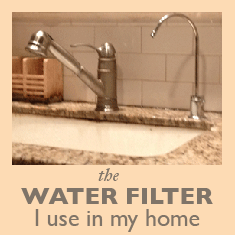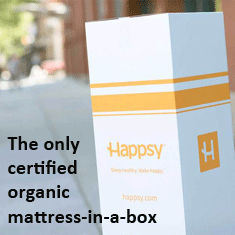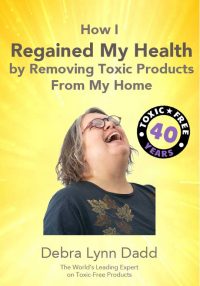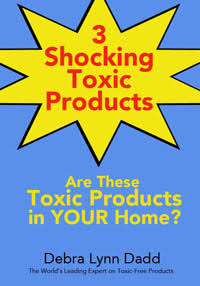
Water | Swimming Pools
Non-Toxic Gardening
Its peak growing season in the northeast and we can’t wait for our first harvest of tomatoes, carrots and peppers. We’re already enjoying kale, lettuces, beets, and our house specialty, purple potatoes. My husband’s hobby is organic gardening, so my kids and I get to reap the rewards of his hard work. He is always experimenting with some new growing method or product and patiently allows me to research anything new before he buys it.
It’s always amazing to me that so many gardening products are made with harmful chemicals. Why go to the trouble of growing your own food, particularly organic food, if you are going to grow it in a bed made of pressure-treated wood or water it with a hose that leaches lead and BPA?
When you’re planning a non-toxic garden the first place to start is with high-quality, organic seeds. Some argue that it’s not necessary to buy organic seeds because studies have shown conventional seeds without trace chemicals from insecticides or fertilizers. I choose to err on the side of caution. Knowing that plants take in nutrients through their leaves, common sense would support that if leaves are sprayed with synthetic chemicals the plants will absorb those chemicals. There are other compelling reasons to buy organic seeds:
1. Organic seeds are grown to survive in organic systems. They may be more likely to thrive without synthetic chemicals than conventional seeds.
2. Buying organic seeds supports organic farming practices which is better for the environment, farm workers and consumers.
3. Organic seeds are relatively inexpensive at roughly $1 more per packet than conventional seeds.
Debra’s List has several high-quality seed companies to choose from.
If you are still using a garden hose that may be made with PVC or have lead-containing metal fittings, check out this study by healthystuff.org. It’s a bit out of date but it still provides great guidance. Debra’s List recommends Water Right hoses and Terrain Heritage hoses.
I’ll be writing more on garden products over the course of the summer. I am also working on an affiliate store where you will be able to buy recommended products. I plan to have a section on gardening supplies. Stay tuned…
PFAS Chemicals Found in Farm Produce
PFAS, or polyfluoroalkyl substances, are a family of chemicals that are used to make non-stick coatings such as Teflon. Sometimes called Forever Chemicals, they persist in the environment and body and have been linked to health issues such as hindered growth and learning and increased cancer risk.
There has been increasing concern about contamination from PFAS-containing firefighter foam that is used on military bases and some airports. The foam has previously been linked to groundwater contamination in neighboring communities. New reports show that PFAS chemicals have now been detected in milk and vegetables from farms located near military bases. Read more food contamination here.
How to Avoid Contaminated Foods
Federal and state agencies are testing samples from potentially contaminated farms, but until more is known it may be best to avoid food from farms that are located near contaminated sites. EWG has an interactive map that shows sites with known PFAS contamination.
Take Action
The Air Force is recalling PFAS-containing foam from the U.S. and overseas, but they have not found a safe way to dispose of it once it is reclaimed. The foam is being contracted out to private businesses for incineration, but incineration may not fully destroy the chemical. There is an amendment before Congress to hold PFAC polluters accountable for cleaning up contaminated sites. Click here to learn how you can help.
Handbag Materials
Question from Wendy
Lisa,
Can you tell me if it’s toxic to carry handbags made of these materials? I know I may need to find out more details about the chemicals but this is what I have so far.
Handbag 1:
Dyed Nylon with Water and Stain Resistant Coating
Dyed Italian Leather
Nylon Strap
Handbag 1:
70% Polyamide
30% Polyurethane
Vachetta Leather Trim
Wendy
Lisa’s Answer
Let’s take a look at each of the components of these handbags:
Handbag #1:
Nylon with water and stain resistant coating – Untreated Nylon is one of the least toxic plastics. It is still a synthetic fiber that is made from petroleum but there is little concern for its toxicity. It’s the treatment that is more concerning. It’s hard to say without more information but most stain resistant treatments are made with perfluorochemicals (PFCs) which can be highly toxic.
Dyed leather handle– the tanning process for leather can use 250 different chemicals including chromium which can be very toxic.
Nylon strap– If the Nylon is untreated it should be fine.
Handbag #2:
Polyamide– This is Nylon. If it is untreated it should be fine.
Polyurethane– There are different types of polyurethane. Read Debra’s post about polyurethane toxicity here. It is likely that this is a food-grade film which would have low toxicity, but you would need to confirm that.
Vachetta leather trim– This is vegetable dyed leather. Vegetable tanning does not use chromium which is a positive but since there can be 250 different chemicals used in the tanning process you might want to find out more about the specific chemicals used. Some vegetable tanned leather may use all-natural materials, but you would need to check to be sure.
Based on the information you have provided, it looks like Handbag #2 is the safer options, but more information would be helpful.
Removing Odors from Insulation
Question from Colleen
Hi Lisa,
Has anyone successfully moved into a house where the previous tenants used scented detergents and dryer sheets in the house. I was under the assumption that the fragrances got into the insulation in the walls, etc. How long did it take to outgass if ever? Would a “bake out” even take care of it?
Lisa’s Answer
Debra interviewed Daliya Robson from Nirvana Safe Haven and they discussed a number of ways to eliminate odors (click here for transcript).
I would first try some low-cost options like zeolite or charcoal to try to absorb the odors. As a next step I would try the “bake out”, which has proven successful for many situations. If neither of those work, you might try some of the products mentioned in the interview. Finally, a good air purifier can be very effective. While it is an investment, you will have it for many years to help reduce toxins in your home. There are many sealers on the market that are great for reducing formaldehyde, but I have read that they do not always reduce odors, particularly if they are organic.
Has anyone else had success minimizing these types of odors?
Feit
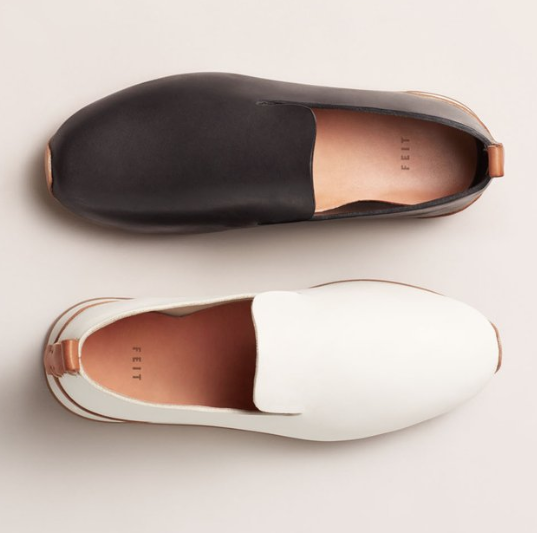 Shoes for women and men made with exceptional craftsmanship and materials. “In 2004 FEIT [fight] was born as a response—an evolution of consumerism and production that moves away from volume and excess, and towards quality and sustainability. FEIT footwear is built for longevity, from natural materials via human construction. All FEIT footwear is hand sewn and hand lasted by a master shoe maker. Few makers are skilled enough to produce footwear in this manner, hence only limited numbers can be produced…FEIT adheres to a strict policy of using biological materials and natural treatments whenever possible. Natural materials breathe, patina and become one with the wearer. Materials page.
Shoes for women and men made with exceptional craftsmanship and materials. “In 2004 FEIT [fight] was born as a response—an evolution of consumerism and production that moves away from volume and excess, and towards quality and sustainability. FEIT footwear is built for longevity, from natural materials via human construction. All FEIT footwear is hand sewn and hand lasted by a master shoe maker. Few makers are skilled enough to produce footwear in this manner, hence only limited numbers can be produced…FEIT adheres to a strict policy of using biological materials and natural treatments whenever possible. Natural materials breathe, patina and become one with the wearer. Materials page.
Undandy
 These shoes for men are a cut above ordinary shoes. Their about page starts with this quote “A man who works with his hands is a laborer; a man who works with his hands and his brain is a craftsman; but a man who works with his hands and his brain and his heart is an artist.” Made from vegetable tanned leather, there are many styles and colors to choose from…you can customize any pair and even design your own! About the leather.
These shoes for men are a cut above ordinary shoes. Their about page starts with this quote “A man who works with his hands is a laborer; a man who works with his hands and his brain is a craftsman; but a man who works with his hands and his brain and his heart is an artist.” Made from vegetable tanned leather, there are many styles and colors to choose from…you can customize any pair and even design your own! About the leather.
District Leathers
 Vegetable-tanned hides for creating your own leather projects. In addition to the vegetable tans link here, also see the “cow hides” and lamb hides” menus and choose “vegetable tans.” See their very informative Leather Buying Guide . Free swatches. “Vegetable tanned leathers are tanned using strictly organic materials such as tree bark. They possess warm deep colors. As veg-tan leather ages, it absorbs the light, oils, and air that it is exposed to which cause their colors to become more rich.”
Vegetable-tanned hides for creating your own leather projects. In addition to the vegetable tans link here, also see the “cow hides” and lamb hides” menus and choose “vegetable tans.” See their very informative Leather Buying Guide . Free swatches. “Vegetable tanned leathers are tanned using strictly organic materials such as tree bark. They possess warm deep colors. As veg-tan leather ages, it absorbs the light, oils, and air that it is exposed to which cause their colors to become more rich.”
Marlondo Leather
 complete range of leather goods—including purses, backpacks, travel gear, and accessories—handmade individually by artisans using vegetable-tanned leather. Classic styles, reasonable prices. About their leather.
complete range of leather goods—including purses, backpacks, travel gear, and accessories—handmade individually by artisans using vegetable-tanned leather. Classic styles, reasonable prices. About their leather.
Etsy Vendors of Vegetable-Tanned Leather Purses
 I had to include this because there are so many small artisans now working with vegetable-tanned leather that it was a joy for me to see their creations. You’ll find unusual designs here as well as traditional classics. Note the country items are shipped from as they are not all use. But here’s where you’ll find vegetable-tanned leather purses and accessories at prices well below other sources. Note: This is a search results page on Etsy for “vegetable-tanned leather purses.” Try reaching on “vegetable0tanned leather for other items.
I had to include this because there are so many small artisans now working with vegetable-tanned leather that it was a joy for me to see their creations. You’ll find unusual designs here as well as traditional classics. Note the country items are shipped from as they are not all use. But here’s where you’ll find vegetable-tanned leather purses and accessories at prices well below other sources. Note: This is a search results page on Etsy for “vegetable-tanned leather purses.” Try reaching on “vegetable0tanned leather for other items.
Frank Clegg
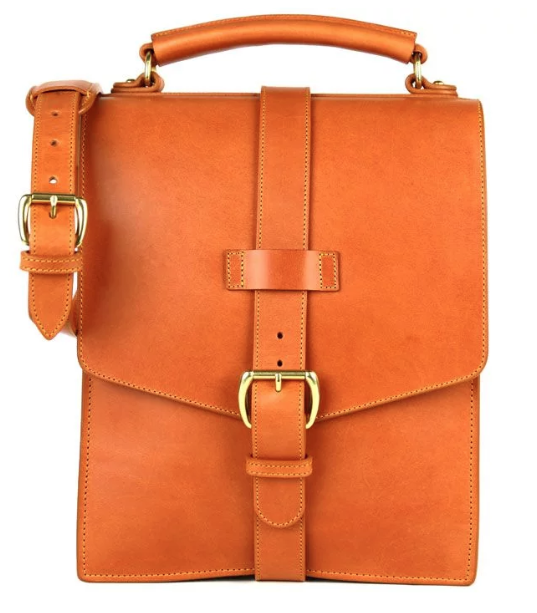 Fine leather goods handcrafted in the USA. These are very high quality and very expensive. About the leather.
Fine leather goods handcrafted in the USA. These are very high quality and very expensive. About the leather.


